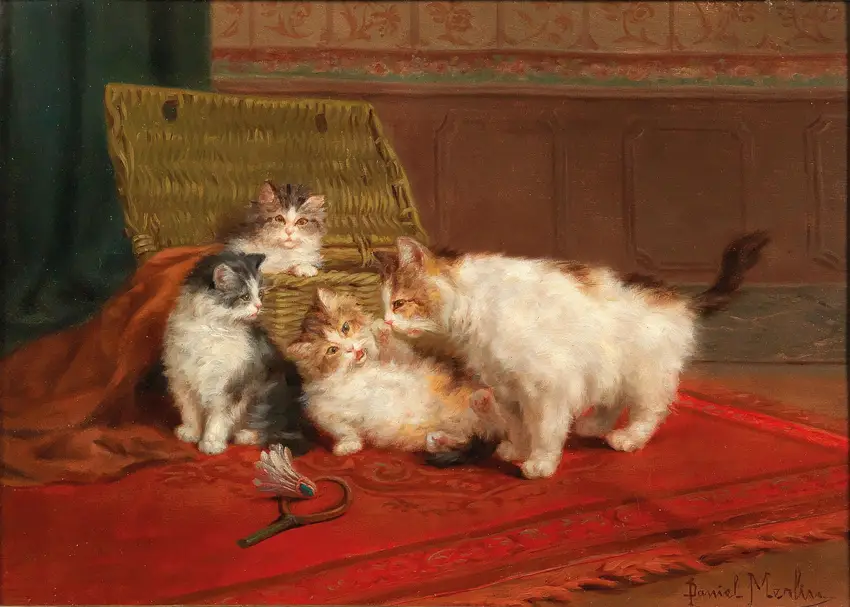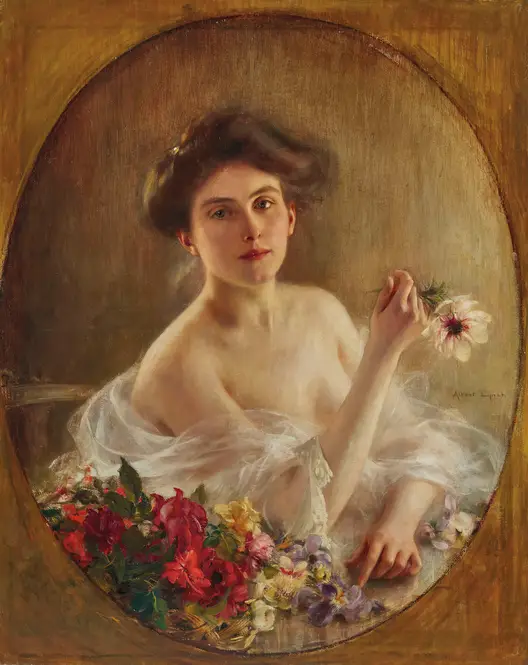Ornithologia methodice digesta Pl.222 (1767-1776) is a striking example of scientific illustration blending artistry with meticulous observation. The work captures a bird in exquisite detail, its feathers rendered with delicate precision, while the composition balances scientific accuracy with an almost lifelike vitality. The artist’s hand is evident in the subtle gradations of color and texture, transforming what could have been a dry anatomical study into a dynamic portrayal of nature. Shadows play across the page, giving depth to the subject, as if the bird might take flight at any moment. There’s an unspoken tension between the rigid demands of classification and the fluid beauty of the living creature, making it more than just a reference—it’s a celebration of avian elegance.
Beyond its scientific purpose, the piece carries an unexpected warmth, as though the artist couldn’t resist infusing their own fascination into every stroke. The bird’s posture suggests alertness, its eye gleaming with intelligence, pulling the viewer into a silent dialogue. Background elements are sparse but purposeful, avoiding distraction while grounding the subject in a hint of environment. It’s a testament to how even the most technical works of this era could transcend their function, becoming art in their own right. The plate feels alive, a frozen moment of wildness preserved with reverence and skill.

-full.webp)
-full.webp)
 (1889)-full.webp)

-full.webp)

-full.webp)

-full.webp)